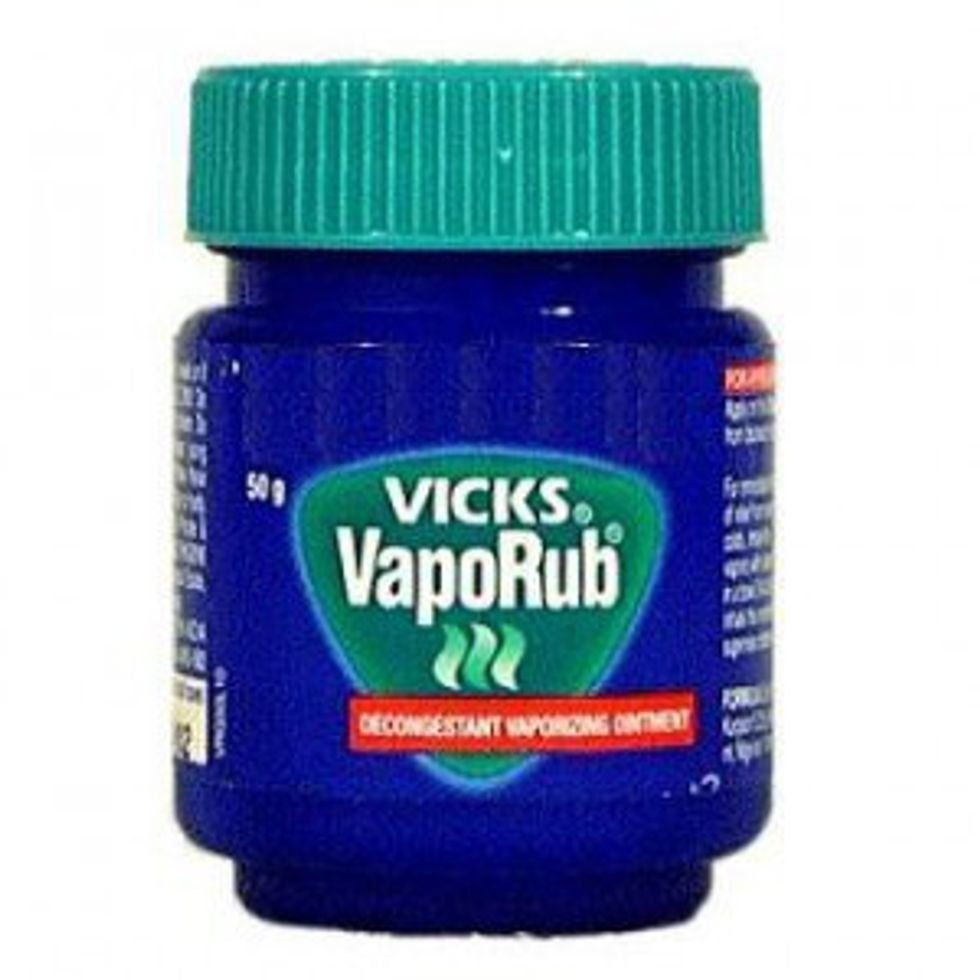(Almost) twenty years ago, I entered this world as an incredibly healthy, yet immensely chubby baby. Nothing seemed to be out of the ordinary with me; I had all of my fingers and toes, I cried all the time, and I got high scores on my apgar tests. Despite my apparent normality, however, there was something slightly different about me that no one would notice for quite a few years
For all intents and purposes, I was born with blonde hair. My hair started to turn dark around age four, though, and as it darkened my parents noticed something slightly out of the ordinary. In the hair right above my forehead, there was a tiny patch, no bigger than a nickel, that was entirely white. Since I had been nearly blonde before then, the little spot had blended in; but, once my hair darkened, the white patch only became more prominent. And as the spot grew more prominent, it also started to get bigger.
By the time I was 5, the white patch had grown a significant amount, and was roughly the size of a quarter. My parents worried that my hair might be a symptom of something more serious, such as Waardenburg Syndrome, and decided to take me to a doctor in order to see why my hair was growing in white. After a visit to my pediatrician, though, their fears were laid to rest. My hair was not a symptom of any serious disease, nor did it seem to be a problem itself. He told my parents to keep an eye out for any odd behavior I may present (a standard thing to look out for, I would think), but otherwise, I was completely healthy. It appeared my hair was nothing more than a really, really cool birthmark.
It took a long time for my white patch of hair to grow to a noticeable size, but around age eight people other than my parents had started to observe it. My third grade teacher was the first to notice; she thought my hair had been dyed for my Halloween costume and simply hadn’t washed out. In fifth grade, my science teacher once swept my bangs back to reveal my hair to another teacher, just to tell her how “curious” it was.
While I have mostly received admiration for my strange birthmark from people I’ve met, I acquired the opposite attention from my peers back when I was in grade school. For years I was called “skunk” by various bullies (Smelly Ellie only added to this particular insult), I was accused of being an “old woman in disguise” (yes, someone actually said those words to me), and some people frequently thought I bleached/dyed the spot just to make myself look “cool and unique.” Thankfully, I refused to allow their insults to faze me, and I grew to love my ever-growing birthmark because of it.
Although I had learned to love my hair over the years, one burning question remained: why did my hair grow like this? My pediatrician had never given my parents any sort of diagnosis, but I figured there surely had to be a name for it. My answer ended up coming from my dermatologist, who told me it was a disease called Vitiligo. He informed me that all along, it wasn’t actually my hair growing white; there was simply a spot on my forehead that would not produce pigment, and my hair just happened to grow right on top of that spot. Other than my birthmark, though, this disease would have absolutely no effect on me physically. In addition, due to the lack of pigment in this spot, my hair can never hold color; I am stuck this way whether I ever wanted to be or not. The most interesting thing about my pigment loss, however, is that Vitiligo typically appears all over the skin, but I only have it in one place. I guess you could say I am a genetic anomaly!
My weird disease is apparent no matter where I go; people stare at me when I walk by them or do double takes, and I don’t think it’s for my pretty face or warm smile. Random people will walk up to me on the street or in stores and say, “I just love your hair! What did you use to make it that white?” And all I can do is smile politely and say, “Thank you, but I was actually born with it.” My friends call me Rogue, after the wonderful member of the X-Men, and tease me about my white forelock on a weekly basis. Some of my friends, whom I’ve known for years, don’t even realize that my hair is a natural occurrence; the general assumption is that I dye it, and some people just aren’t brave enough to ask.
Growing up, it was hard to like my hair when all anyone my age ever did was torment me about it; however, the adults I knew always managed to lift my spirits by telling me how "unique" I was for having white hair. It took thirteen years of living with it, but I did realize one day that my hair is “curious,” as my fifth grade teacher had once said. It is "unique." But most importantly, it is a part of who I am, and I wouldn’t change it for anything, even if I could.



















